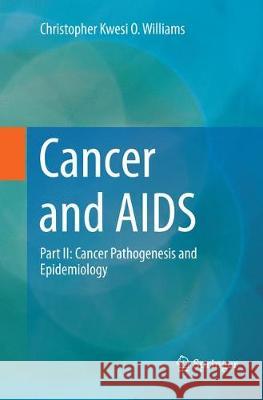Cancer and AIDS: Part II: Cancer Pathogenesis and Epidemiology » książka
topmenu
Cancer and AIDS: Part II: Cancer Pathogenesis and Epidemiology
ISBN-13: 9783030075781 / Angielski / Miękka / 2019 / 180 str.
Cancer and AIDS: Part II: Cancer Pathogenesis and Epidemiology
ISBN-13: 9783030075781 / Angielski / Miękka / 2019 / 180 str.
cena 389,09 zł
(netto: 370,56 VAT: 5%)
Najniższa cena z 30 dni: 385,52 zł
(netto: 370,56 VAT: 5%)
Najniższa cena z 30 dni: 385,52 zł
Termin realizacji zamówienia:
ok. 20 dni roboczych.
ok. 20 dni roboczych.
Darmowa dostawa!
Kategorie BISAC:
Wydawca:
Springer
Język:
Angielski
ISBN-13:
9783030075781
Rok wydania:
2019
Dostępne języki:
Ilość stron:
180
Oprawa:
Miękka











